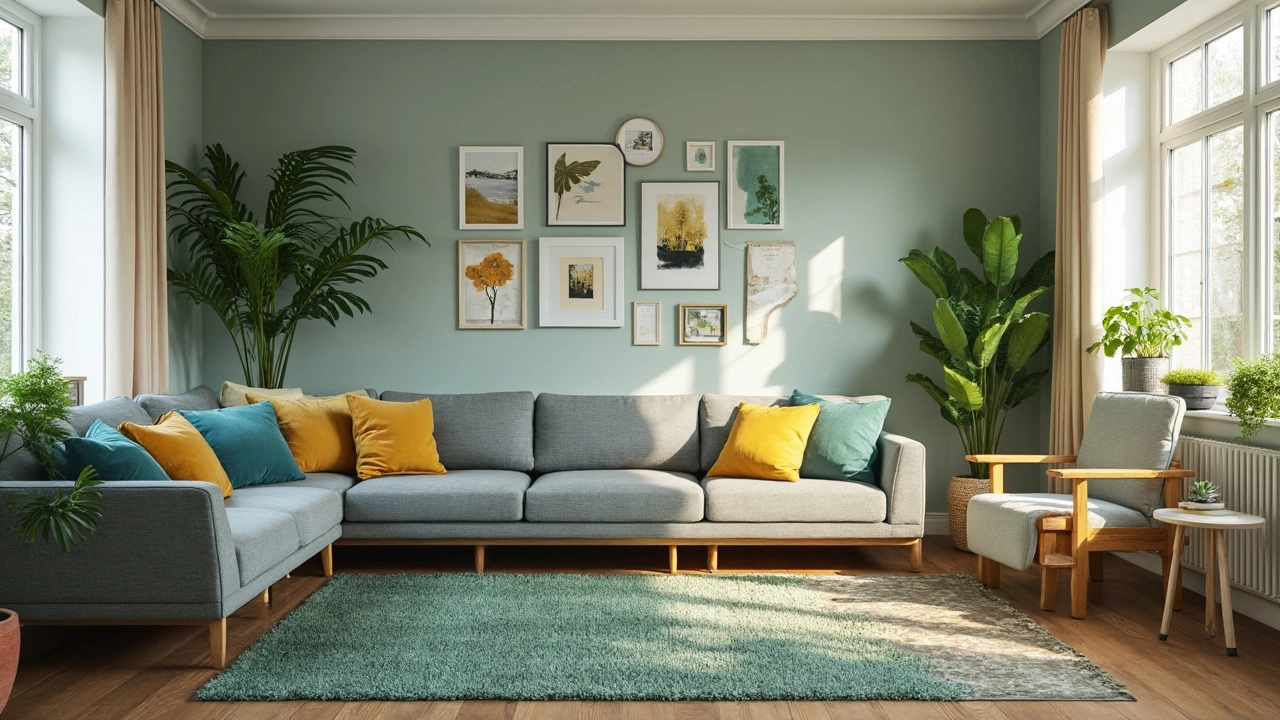Color Combinations: Easy Ideas to Dress Up Your Home
Feeling stuck on what colors go together? You’re not alone. Picking the right shades can feel like a guessing game, but it doesn’t have to be. Below you’ll find straight‑forward ways to choose base colors, add accents, and make your furniture pop—whether you love rustic charm or sleek modern looks.
Choosing the Right Base Color
The base color sets the tone for the whole room. Start with a neutral like soft grey, warm cream, or muted taupe. These shades work well with both bright accents and natural wood tones found in rustic furniture. If you prefer a bolder look, pick a deep navy or forest green as your backdrop. Dark bases make light furniture and décor stand out, while lighter bases let colorful pieces shine without overwhelming the space.
To test a base, paint a large swatch on the wall and live with it for a few days. Look at it in morning light, afternoon sun, and under your lamp. If it feels comfortable at all times, you’ve found a winner. Remember, the base doesn’t have to be the exact wall color—it can be the dominant hue of your sofa, rug, or even your flooring.
Mixing Accent Hues
Once you have a solid base, bring in two to three accent colors. A good rule of thumb is the 60‑30‑10 split: 60% base, 30% secondary, 10% highlight. For a rustic feel, pair a warm walnut base with deep rust, olive green, and a touch of mustard. If you’re going modern, try charcoal walls with teal cushions and copper lamp bases. The key is contrast without clash—choose one warm accent and one cool accent to keep the look balanced.
Accessories are the easiest place to experiment. Throw pillows, vases, and artwork let you swap colors seasonally. If you love the flexibility of a neutral sofa, add a teal pillow for a pop, then swap it for a burnt orange one when you crave a change. This way you keep the room fresh without a major overhaul.
Don’t forget textures. A matte paint paired with a glossy metal lamp or a rough leather chair can make the same color feel different. Mixing textures adds depth and helps the colors play off each other in interesting ways.
Finally, keep an eye on the whole house flow. Carry a single accent color from room to room—like a cobalt blue vase in the living room, kitchen, and bedroom—to create a subtle thread that ties everything together. This unifies the space without forcing every room to match exactly.
With these basics, you can start mixing and matching confidently. Pick a neutral base, add two accent hues, play with texture, and repeat a favorite accent across rooms. Your home will feel styled and cohesive, and you’ll no longer stare at swatches wondering what works.
What Color Compliments a Gray Couch? Stylish Pairings for Every Room
Struggling to pick the perfect colors to pair with your gray couch? This guide breaks down the best shades, from bold pops to cozy neutrals. Find out which colors make gray sofas stand out and discover smart tips for fabrics, walls, and accent pieces. Whether you love modern or classic style, you’ll learn what works (and what to skip) for a put-together look. Get ready to feel confident picking out cushions, rugs, and more.
More
